On the night before a wedding, something in the air changes. The music grows warmer, the colours brighter, the emotions more concentrated. A bride sits surrounded by women painting her palms with henna, each stroke easing an unspoken fear. Across the city, the groom rehearses dances with friends who try, through laughter, teasing and shared movement, to calm his nerves.
Although weddings today are often photographed, choreographed and planned down to the second, the pre-wedding rituals still carry the psychological weight they always have. Beneath the glitter lies a deeper truth: these rituals are not just celebrations. They are symbolic, emotional and cognitive tools designed to help us navigate one of life’s most profound transitions.
Why We Turn Transitions into Rituals
Human beings ritualise life’s turning points almost instinctively. Psychological research shows that rituals, defined as repetitive, symbolic actions, help people regain a sense of predictability during times of uncertainty (Hobson et al., 2018). Even when individuals do not believe rituals have supernatural power, the structured actions alone regulate emotion and restore psychological order (Legare & Souza, 2012).
Marriage places individuals in what anthropologists call a liminal state, the psychological in-between where one identity fades and another emerges (Turner, 1969). Liminality often heightens emotion, deepens reflection and intensifies self-awareness (Seligman & Weller,
2012). Pre-wedding rituals act as psychological “bridges,” guiding individuals across the threshold.
Rituals as Calming Architecture
Weddings are emotionally dense events. Research consistently notes elevated stress and role-related anxiety during the transition to marriage (Bodenmann & Shantinath, 2004). Rituals offer psychological anchors through predictability, sensory grounding and symbolic meaning.
The haldi ceremony, for example, uses affectionate touch, the act of loved ones applying turmeric, to calm the nervous system. Touch is associated with lower cortisol and increased oxytocin, which help regulate stress (Suvilehto et al., 2015). Mehendi night, with its music, shared stories and rhythmic waiting for the henna to stain, creates a temporary emotional cocoon.
Experiments show that people who engage in rituals experience less anxiety, grief and uncertainty even when they don’t believe the ritual “works” in a literal sense (Brooks et al., 2016). The very structure of ritual offers emotional order during psychological upheaval.
Read More: How Does Marriage Stress Affect Our Minds?
Stepping Into a New Identity
Marriage demands more than logistical preparation; it requires an internal reorganisation of the self. Developmental psychology highlights that major life transitions involve redefining roles, values and interpersonal boundaries (Arnett, 2000).
Pre-wedding rituals operate as symbolic rehearsals of that identity shift:
- Engagement marks the public acceptance of a new role (Stanley et al., 2006).
- Mehendi inscribes marital symbolism onto the body itself, literally and metaphorically rewriting identity (Douglas, 1966).
- Haldi echoes global purification rituals that mark separation from previous life stages (Van Gennep, 1960).
Family systems researchers note that rituals help families renegotiate boundaries when members transition into new roles (Imber-Black, 2012). When relatives gather around the bride or groom—teasing, blessing, reminiscing- they are not just celebrating. They are participating in a shared psychological reframing of the individual’s identity.
Read More: Managing the Transition from Roommates to Partners in Marriage
The Collective Carries the Transition
Human beings cope best with major life changes when surrounded by social support (Kearns & Leonard, 2004). Pre-wedding rituals strengthen that support network through emotional synchrony. Studies on group movement show that when people dance, sing or clap together, their emotions and physiology begin to align, increasing trust and cooperation (Lang et al., 2015). That is the unspoken psychological function of the sangeet: two families learning to move in rhythm, literally and relationally.
Anthropologists note that high-participation rituals create a sense of shared identity that helps groups withstand future challenges (Xygalatas et al., 2013). In the context of marriage, this synchrony forms the emotional scaffolding that supports the couple’s new life stage.
Meaning-Making and Cultural Continuity
According to the Meaning Maintenance Model, humans seek symbolic grounding when familiar routines dissolve (Heine et al., 2006). Pre-wedding rituals offer this grounding through cultural continuity.
Indian traditions are especially rich in symbolic meaning:
- Turmeric represents protection and transformation (Douglas, 1966).
- Henna carries symbolism of beauty, preparation and auspiciousness—images tied to feminine transition across cultures (Turner, 1969).
- Music and storytelling encode intergenerational memory (Seligman & Weller, 2012).
- Blessings express shared hopes, a process associated with emotional resilience and relational stability (Park, 2010).
Even in modern weddings where playlists replace folk songs, and décor is Instagram-curate, these symbolic threads persist. Rituals remind individuals that they are part of a lineage, a community and a story larger than themselves.
Why Rituals Still Matter
Beneath the colour, choreography and celebration lies a remarkably consistent psychological machinery. Pre-wedding rituals help people regulate intense emotions by offering structure during uncertainty (Norton & Gino, 2014), rehearse new identities as they shift from individual to couplehood (Arnett, 2000), strengthen social ties through cooperative participation and shared symbolism (Lang et al., 2015), and create meaning during one of life’s most profound transitions (Heine et al., 2006).
We continue these rituals not merely because they are beautiful or culturally cherished, but because they quietly stabilise the psyche. They steady individuals as they cross emotional thresholds, gather families into cohesive networks and remind everyone that change, no matter how daunting, is held and softened by community. In a world that increasingly prioritises efficiency over ceremony, these age-old practices endure because they do something essential: they help people feel anchored, accompanied and ready for the life waiting on the other side of the aisle.
Read More: From Single Life to Married Life: The Psychological Meaning of Bachelorette Parties
References +
Arnett, J. J. (2000). Emerging adulthood: A theory of development from the late teens through the twenties. American Psychologist, 55(5), 469–480. https://doi.org/10.1037/0003-066X.55.5.469
Bastian, B., Koval, P., Erbas, Y., Houben, M., Pe, M., & Kuppens, P. (2014). Sad and alone: Social expectancies for experiencing negative emotions. Emotion, 14(2), 195– 203. https://doi.org/10.1037/a0034661
Barrett, L. F., & Russell, J. A. (2015). The psychological construction of emotion. Guilford Press.
Bell, C. (2009). Ritual theory, ritual practice. Oxford University Press.
Cohn, M. A., Fredrickson, B. L., Brown, S. L., Mikels, J. A., & Conway, A. M. (2009). Happiness unpacked: Positive emotions increase life satisfaction by building resilience. Emotion, 9(3), 361–368. https://doi.org/10.1037/a0015952
Goffman, E. (1959). The presentation of self in everyday life. Anchor Books.
Heine, S. J., Proulx, T., & Vohs, K. D. (2006). The meaning maintenance model: On the coherence of social motivations. Personality and Social Psychology Review, 10(2), 88–110. https://doi.org/10.1207/s15327957pspr1002_1
Hobson, N. M., Schroeder, J., Risen, J. L., Xygalatas, D., & Inzlicht, M. (2018). The psychology of rituals: An integrative review and process-based framework. Personality and Social Psychology Review, 22(3), 260–284. https://doi.org/10.1177/1088868317734944
Lang, M., Krátký, J., Shaver, J. H., Jerotijević, D., & Xygalatas, D. (2015). Effects of anxiety on spontaneous ritualised behaviour. Journal of Experimental Psychology: General, 144(3), 572–583. https://doi.org/10.1037/xge0000063
Norton, M. I., & Gino, F. (2014). Rituals alleviate grieving for loved ones, lovers, and lotteries. Journal of Experimental Psychology: General, 143(1), 266–272. https://doi.org/10.1037/a0031772
Sbarra, D. A., & Hazan, C. (2008). Coregulation, dysregulation, self-regulation: An integrative analysis of relationship transitions. Perspectives on Psychological Science, 3(6), 529–550. https://doi.org/10.1111/j.1745-6924.2008.00091.x
Xygalatas, D. (2022). Ritual: How seemingly senseless acts make life worth living. Little, Brown Spark.

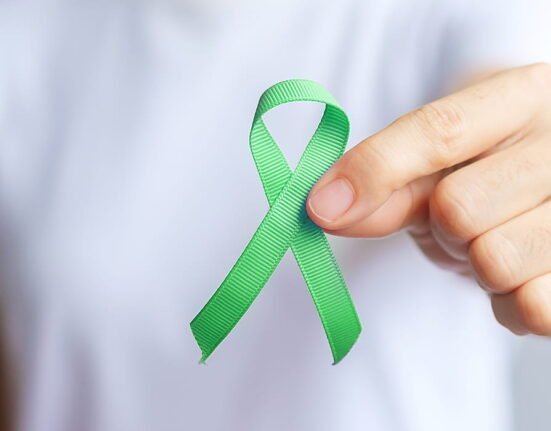




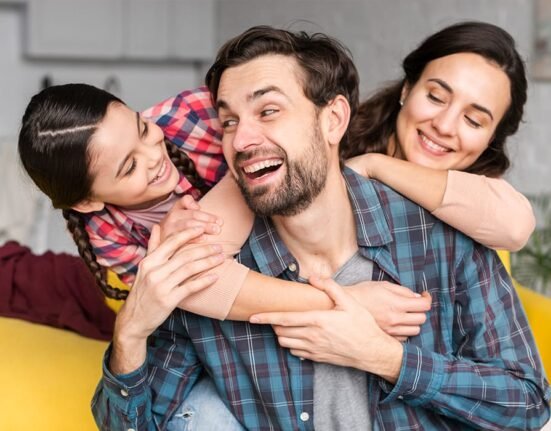
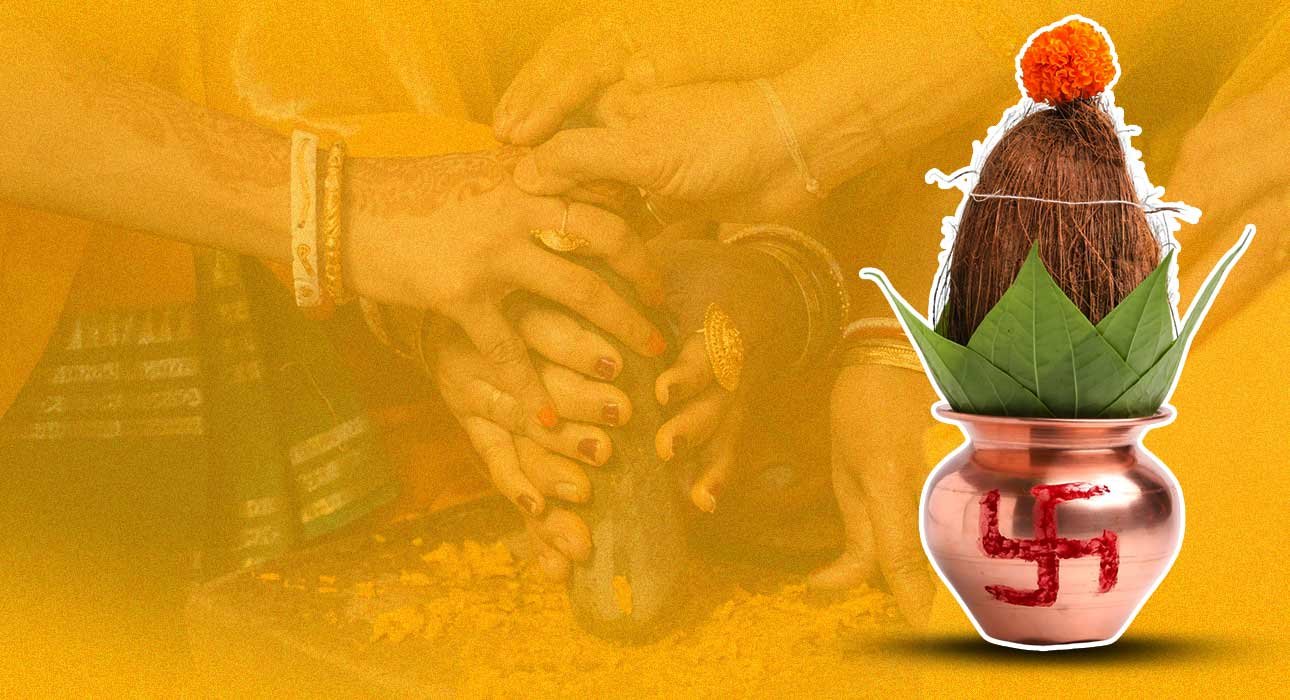

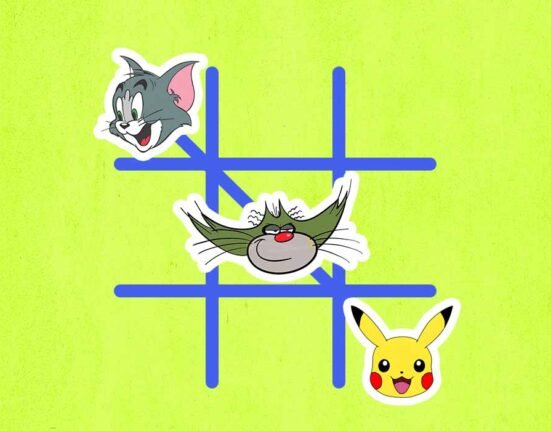

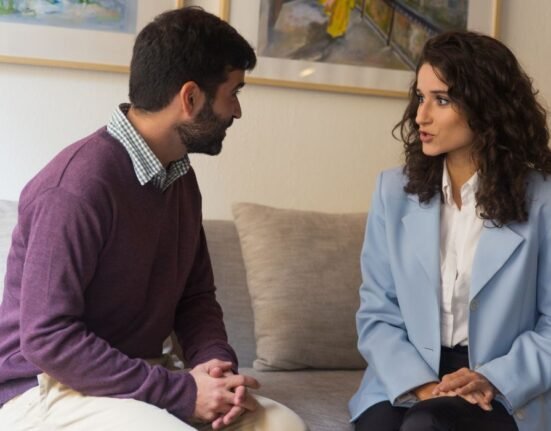
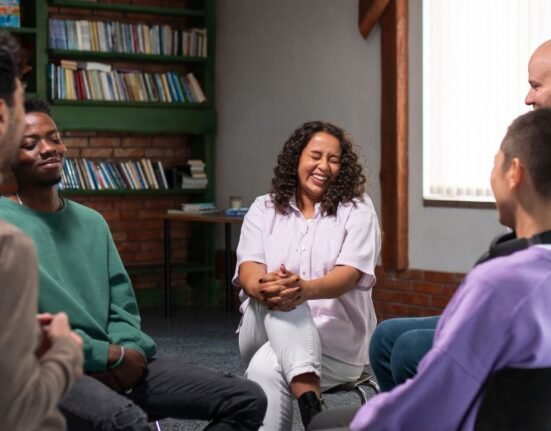
Leave feedback about this